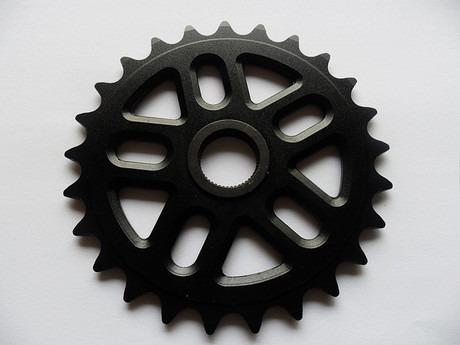Determining if your design is suitable for CNC milling in aluminum requires a multi-pronged approach, considering both your design features and the capabilities of CNC machining itself. Here's a detailed self-evaluation guide to help you assess the feasibility:
1. Complexity: Analyze your design for intricate features like:
l Undercuts: These might require specialized tooling or be impossible to achieve.
l Sharp corners: Very sharp corners can be challenging to machine accurately.
l Thin walls: The minimum achievable thickness depends on the chosen aluminum alloy and desired tolerances. Research typical values for your chosen alloy.
2. Size: Check if your design exceeds typical CNC machine limitations, usually around 6 inches in thickness. Larger parts might require alternative methods like casting.
3. Tolerances: Determine the tolerances your design requires and compare them to typical CNC milling ranges (around ±0.001" to ±0.005"). Tighter tolerances increase cost and complexity.
4. Material suitability: Different aluminum alloys offer varying properties. Choose one that balances your functional requirements and ease of machining. Consider factors like:
l Hardness: Softer alloys are easier to machine but offer less strength.
l Heat resistance: Ensure the alloy can withstand any heat generated during the process.
l Corrosion resistance: Choose an alloy suitable for your application's environment.
Remember, CNC milling offers versatility but has limitations. By following these steps and seeking expert advice, you can confidently determine if your design is suitable for this manufacturing process and achieve optimal results. JTR provides a lot of guides about CNC, you may want to know what design considerations are important for CNC machining aluminum parts or other information.

